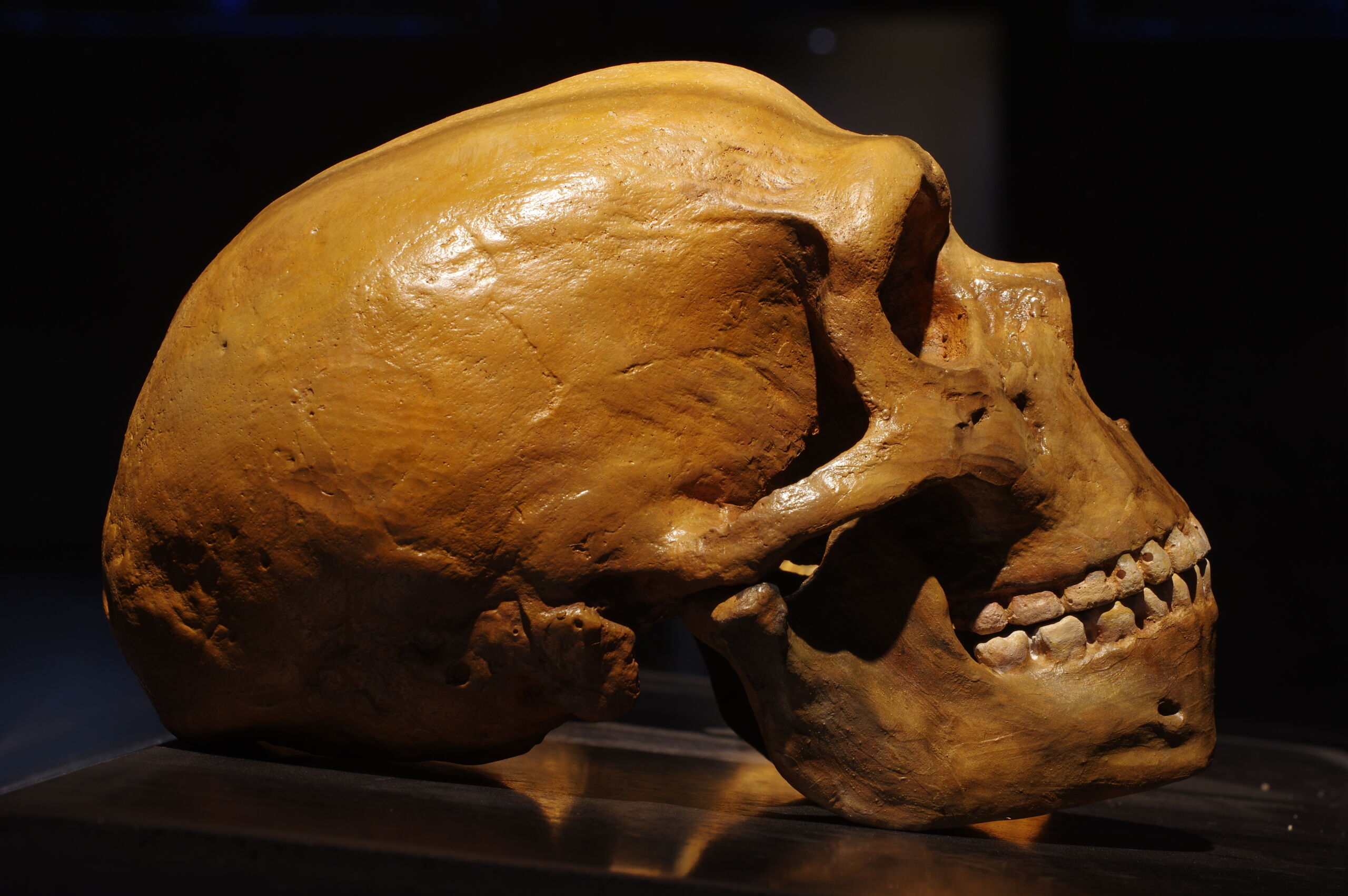As Homo sapiens, we often consider ourselves to be the most intelligent hominins. But that doesn’t mean our species was the first to discover everything; it appears that Neanderthals found a way to manufacture synthetics long before we ever did.
Neanderthal tools might look relatively simple, but new research shows that Homo neanderthalensis devised a method of generating a glue derived from birch tar to hold them together about 200,000 years ago—and it was tough. This ancient superglue made bone and stone adhere to wood, was waterproof, and didn’t decompose. The tar was also used a hundred thousand years before modern humans came up with anything synthetic.
A transformation
After studying ancient tools that carry residue from this glue, a team of researchers from the Eberhard Karls University of Tübingen and other institutions in Germany found evidence that this glue wasn’t just the original tar; it had been transformed in some way. This raises the question of what was involved in that transformation.
To see how Neanderthals could have converted birch tar into glue, the research team tried several different processing methods. Any suspicion that the tar came directly from birch trees didn’t hold up because birch trees do not secrete anything that worked as an adhesive. So what kind of processing was needed?
Each technique that was tested used only materials that Neanderthals would have been able to access. Condensation methods, which involve burning birch bark on cobblestones so the tar can condense on the stones, were the simplest techniques used—allowing bark to burn above ground doesn’t really involve much thought beyond lighting a fire.


 Loading comments...
Loading comments...
